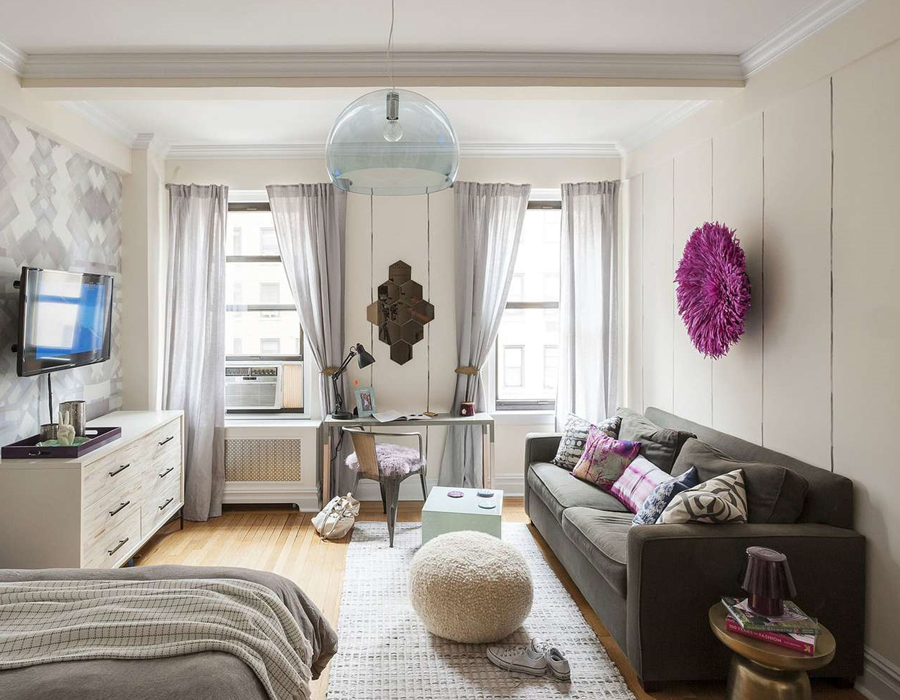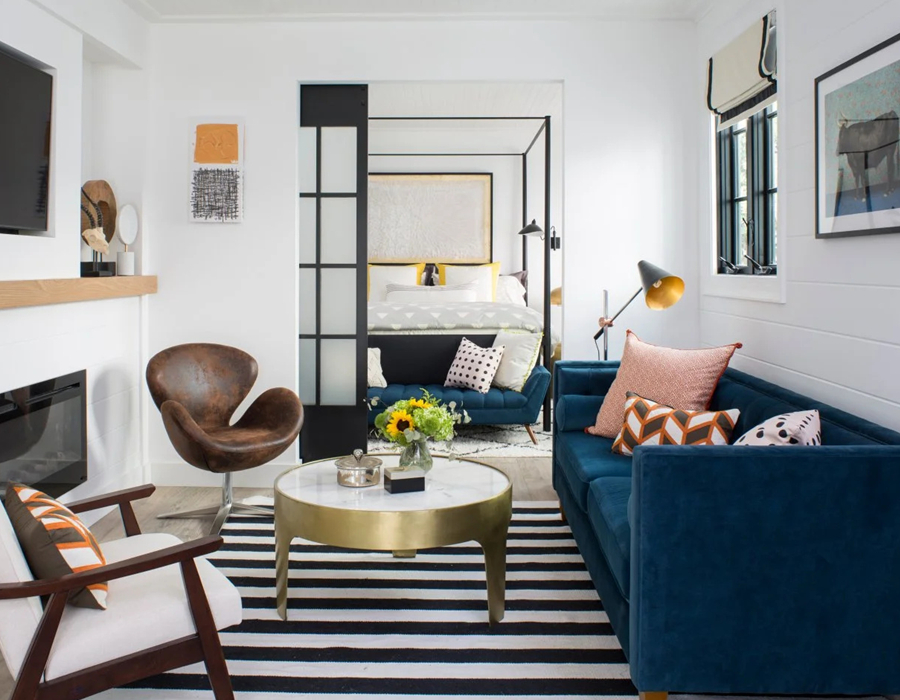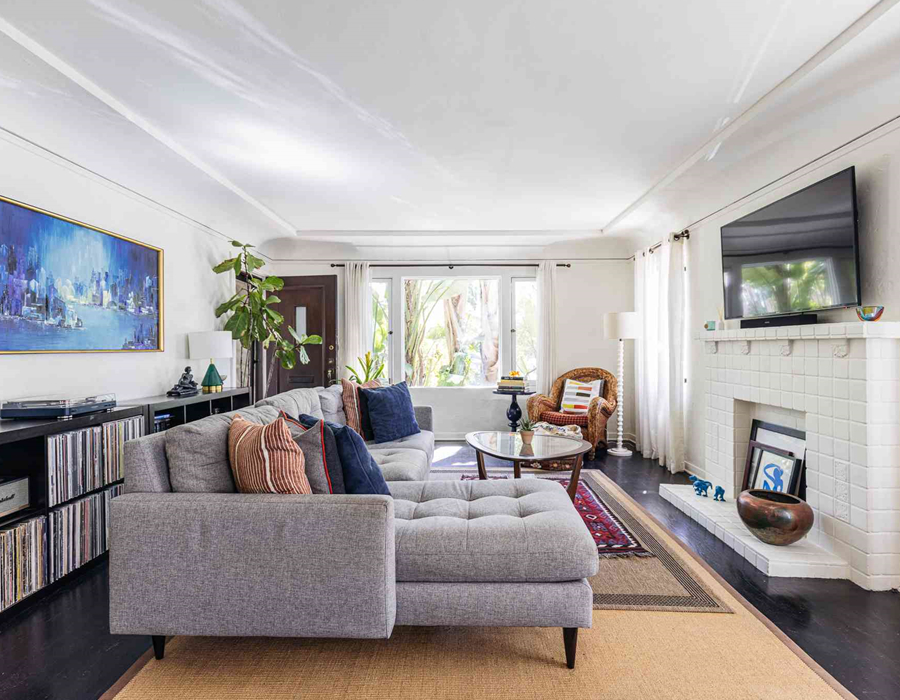1. Assess the Space
Before diving into furniture arrangement, take the time to assess the dimensions and layout of your room. Measure your furniture and the available space to understand how different pieces will fit together. Consider the room’s focal points, such as windows, fireplaces, or entertainment centers, as these will guide your arrangement.
2. Create a Focal Point
Every room benefits from a focal point that draws the eye and sets the tone for the space. Whether it’s a beautiful piece of artwork, a cozy fireplace, or a stunning piece of furniture, arrange your seating and other elements to highlight this focal point. This will create a cohesive look and encourage conversation.

3. Optimize Traffic Flow
Ensure that your furniture arrangement allows for smooth traffic flow throughout the room. Leave clear pathways of at least 2-3 feet between pieces to facilitate movement. Avoid blocking doorways and windows, as this can create a cramped feeling and disrupt the overall flow of the space.
4. Balance and Scale
Achieving balance in your furniture arrangement is key to creating a harmonious look. Mix larger pieces, like sofas and armchairs, with smaller items, such as side tables and ottomans. Use symmetrical arrangements for a more formal look, or asymmetrical arrangements for a casual vibe. Additionally, consider the scale of your furniture in relation to the room size—oversized furniture can overwhelm a small space, while tiny pieces can look lost in a larger room.
5. Zone Your Space
In open-concept areas, zoning is crucial for defining different areas within the same room. Use rugs, furniture placement, or decorative screens to create distinct zones for lounging, dining, or working. This not only enhances functionality but also adds visual interest to the space.

6. Experiment with Arrangement
Don’t be afraid to experiment with different furniture arrangements. Rearranging furniture can breathe new life into your space and help you discover what works best for your lifestyle. Use online room planners or graph paper to visualize different layouts before making any changes.
7. Personalize Your Space
Finally, add personal touches to your furniture arrangement. Incorporate decorative elements like cushions, throws, and artwork that reflect your style. These accessories can enhance the overall look and make your space feel uniquely yours.
Conclusion
Effective furniture arrangement is essential for creating a functional and stylish living space. By assessing your room, creating a focal point, optimizing traffic flow, and personalizing your decor, you can transform your home into a welcoming haven. Start implementing these furniture arrangement tips today and enjoy a beautifully organized space that reflects your personality!

